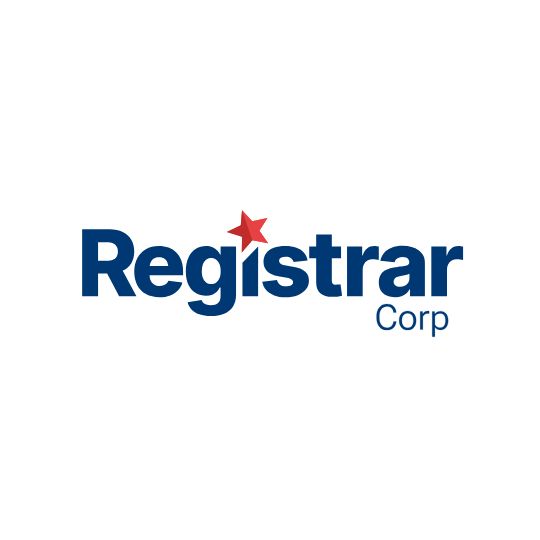The electronic Common Technical Document (eCTD) is more than a formatting standard; it’s the cornerstone of modern regulatory submissions for pharmaceuticals. Recognized globally and now fully active with the release of version 4.0, eCTD provides a structured, digital framework that simplifies the process of submitting applications and amendments to drug regulatory authorities—including the U.S. Food and Drug Administration (FDA).
In this guide, we’ll walk you through what eCTD is, how it has evolved, the significance of version 4.0, its structure and components, and how sponsors can prepare for effective submission and lifecycle management.
Understanding eCTD: The Foundation of Modern Drug Submissions
The eCTD format was developed by the International Council for Harmonisation (ICH) to create a unified standard for submitting regulatory information across borders. It organizes and indexes documentation according to five modules:
- Module 1 – Regional administrative information (specific to each regulatory body)
- Module 2 – Summaries and overviews
- Module 3 – Quality information (CMC)
- Module 4 – Nonclinical study reports
- Module 5 – Clinical study reports
Submissions are made electronically using a structured directory and XML backbone that ensures consistency, traceability, and readability across platforms and regions. This evolution from paper-based CTD to eCTD has drastically improved efficiency and reduced redundancy in global regulatory environments.
eCTD vs. CTD: What’s the Difference?
While the Common Technical Document (CTD) laid the groundwork for harmonized submissions, it was originally intended for paper-based processes. The eCTD is the digital evolution of the CTD, incorporating electronic organization, metadata tagging, and lifecycle tracking. eCTD offers clear advantages:
- Standardization across global markets
- Easier document reuse and updates
- Machine-readable metadata for automated review processes
This distinction matters because most global regulatory bodies now require eCTD submissions, making it not only a technical upgrade but a legal and strategic necessity.
eCTD v4.0: What’s New and Why It Matters
As of 2025, eCTD version 4.0 is active and accepted by the FDA for new submissions including NDA, ANDA, IND, BLA, and Master Files. Version 4.0 introduces significant improvements over version 3.2.2:
1. XML-Based Data Backbone
- Enhanced metadata flexibility
- Lifecycle instructions are now embedded into XML files
2. Controlled Vocabulary and Sender-Defined Keywords
- Facilitates better document categorization
- Sponsors can tailor document descriptors for greater clarity
3. Improved Lifecycle Management
- Enables multiple documents to replace or supplement previous versions
- Documents can be reused across submissions using UUIDs (Universally Unique Identifiers)
4. International Harmonization
- Fully aligned with ICH requirements for cross-border submissions
- Supports all product types: human drugs, veterinary products, biologics, and more
5. Enhanced Communication (Planned future functionality)
- Two-way communication between agencies and applicants
- Grouped submissions for better regulatory tracking
These changes reflect the FDA’s and ICH’s commitment to modernization, flexibility, and global harmonization.
When Is eCTD Mandatory?
For the FDA, eCTD submission is already mandatory for:
- NDA, BLA, ANDA, and IND submissions
- Drug Master Files (DMFs)
- Annual reports, amendments, and supplements
Version 4.0 is currently optional but supported for new applications as of September 2024. Mandatory use will follow in phases, likely culminating in 2029. Sponsors are encouraged to begin transitioning now to minimize disruption and avoid compliance issues.
Components of an eCTD Submission
Each eCTD submission is composed of two key elements:
1. Leaf Documents
- The actual PDF files containing study reports, summaries, or labeling
- Must meet FDA PDF specifications
- Example: A single clinical study report may be submitted as a leaf document and reused in multiple applications
2. XML Backbone (index.xml)
- Describes the folder structure, document metadata, and lifecycle actions
- Enables regulatory reviewers to navigate content efficiently
These elements are organized into submission units, which can include new applications, supplements, amendments, and responses.
Preparing an eCTD Submission: Best Practices
Proper preparation ensures a successful submission and lifecycle strategy. Here’s how to start:
Step 1: Align Internal Systems and Teams
- Standardize document naming conventions and metadata fields
- Train regulatory, QA, and IT staff on eCTD 4.0 protocols
Step 2: Choose the Right Publishing Tool
- Ensure the software supports eCTD v4.0 specifications
- Confirm ability to validate XML schemas and manage document relationships
Step 3: Validate Before You Submit
- Use FDA’s validation criteria and conformance checks
- Common errors include broken hyperlinks, missing lifecycle operators, or unsupported fonts
Step 4: Manage the Lifecycle
- Maintain a submission tracker to log all sequences and correspondence
- Reuse documents when possible to reduce errors and workload
- Update metadata to correct information without re-submitting PDFs
Transitioning from version 3.2.2 to 4.0 can pose challenges—from retraining staff to ensuring software compatibility—but early adoption allows for smoother long-term integration.
Strategic Benefits of a Well-Managed eCTD Process
A robust eCTD process enhances regulatory readiness and positions sponsors for competitive advantages:
- Streamlined Global Access: Submit to multiple agencies with a harmonized dossier
- Regulatory Consistency: Fewer questions and rejections from regulators
- Audit Preparedness: Maintain clear version histories and metadata logs
- Time Efficiency: Faster preparation, review, and approval timelines
Unlike paper-based CTD submissions, eCTD allows sponsors to revise a single document across multiple applications without duplication—saving time and reducing risk.
Registrar Corp’s eCTD Services: Global Compliance, Simplified
Preparing and managing an eCTD submission requires precision, experience, and ongoing compliance expertise. Registrar Corp offers end-to-end support for:
- eCTD Publishing and Validation
- Drug Master File (DMF) Submissions
- Document Formatting and Compliance Reviews
- XML Backbone Creation and Maintenance
- Submissions to 18 Regulatory Bodies Globally
With built-in compatibility for FDA’s Electronic Submissions Gateway (ESG) and experience adapting to global Module 1 requirements, Registrar Corp ensures your eCTD submissions meet all technical and strategic needs.
Speak with a Regulatory Specialist today to streamline your eCTD process and prepare for the evolving global compliance landscape.









